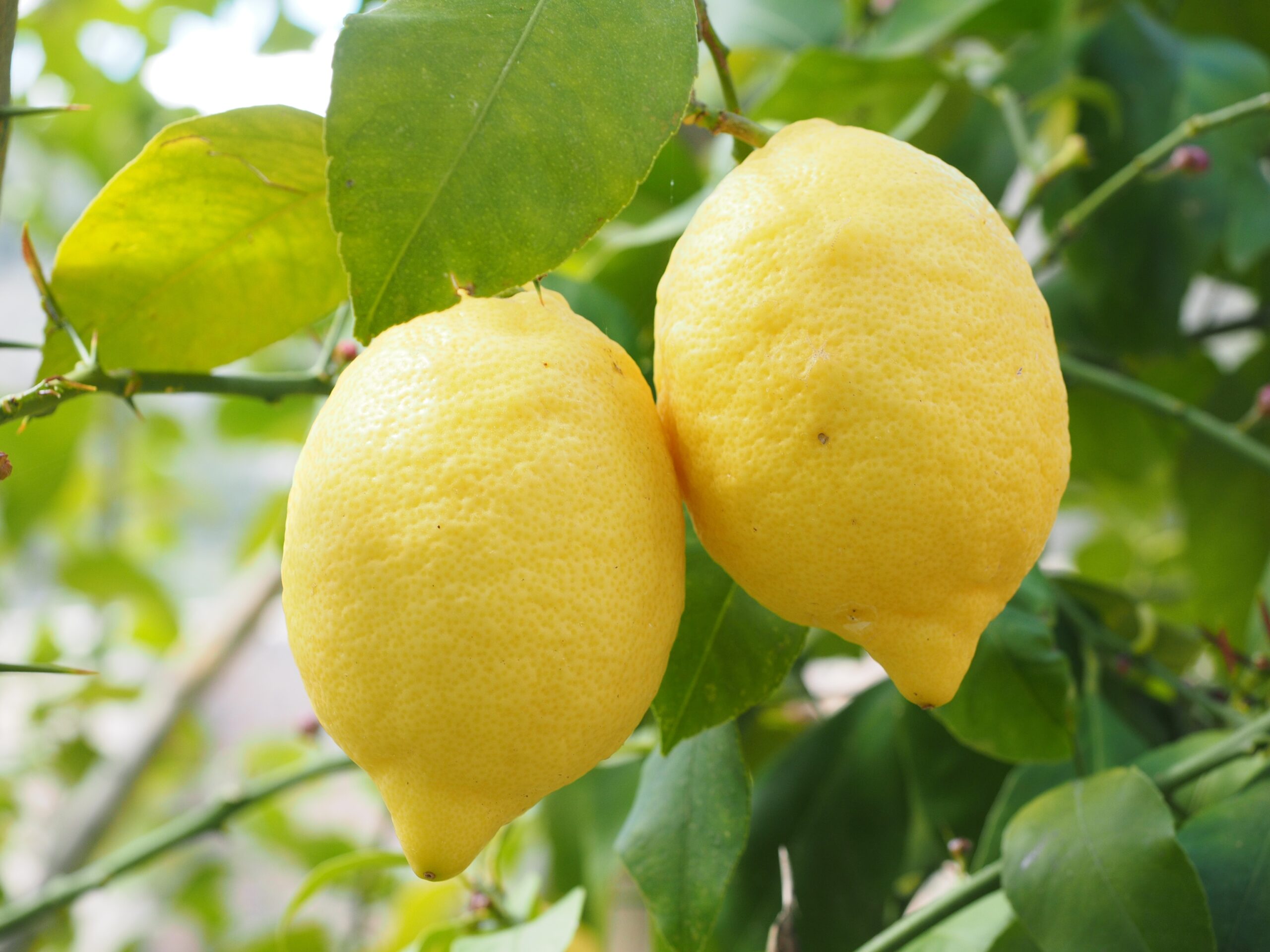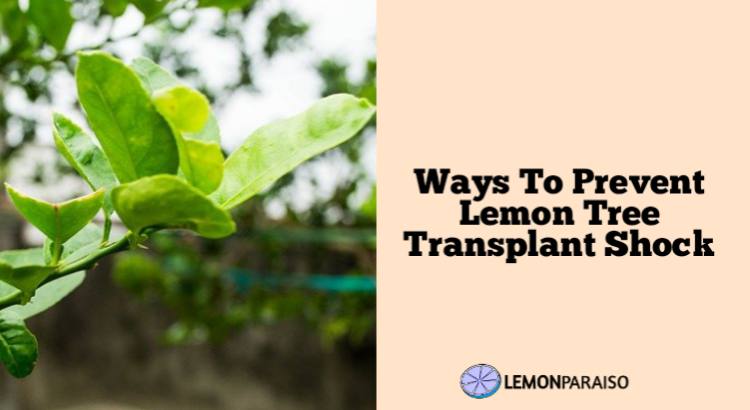How To Harvest Lemons? Step-by-step

Harvesting lemons is a rewarding process that allows you to enjoy the fruits of your labor, quite literally. Whether you have a lemon tree in your backyard or are planning to purchase fresh lemons, understanding the right time and technique for harvesting is crucial. This comprehensive guide will take you through the step-by-step process of harvesting lemons, ensuring you get the most flavorful and juicy fruits from your tree.
How To Harvest Lemons?
1. Determining the Right Time to Harvest
Determining the optimal time to harvest lemons is essential for flavor and juiciness. Citrus fruits, including lemons, continue to ripen after picking, so timing is critical. It’s generally best to wait until the lemons are fully colored and slightly soft to the touch.
When the lemons have reached the desired size and color, gently twist or cut them from the tree. Avoid pulling, as this can damage the branches and affect future fruit production.
2. Gathering the Necessary Tools
Having the right tools for harvesting lemons makes the process more efficient and preserves the quality of the fruit. Equip yourself with a pair of pruning shears or sharp scissors for cutting the stems cleanly. Additionally, a sturdy basket or bucket lined with a soft cloth will help prevent bruising during transport.
Before starting, sanitize your tools with a mixture of one part bleach to ten parts water to minimize the risk of spreading diseases between trees.
3. Choosing the Proper Harvesting Technique
Selecting the right harvesting technique is crucial to avoid damage to both the lemons and the tree. For individual lemons, use pruning shears to cut the stem about one inch above the fruit. If harvesting a cluster, cut the entire stem, leaving a small piece attached to the fruit.
Handle the lemons with care to prevent bruising, which can impact their shelf life and overall quality. Place them gently in your basket or bucket to avoid unnecessary pressure.
4. Inspecting for Ripeness
Before harvesting, it’s essential to inspect each lemon for ripeness. Look for vibrant color, firmness, and a glossy appearance. Lemons that are ready to be harvested should have a fragrant citrus scent.
If you notice any blemishes, discoloration, or soft spots, it may be an indication that the fruit is overripe or damaged. Exclude such lemons from your harvest to ensure you only collect the highest quality fruit.
5. Harvesting from Potted Lemon Trees
If you have a potted lemon tree, the harvesting process may differ slightly. Ensure the tree has reached an appropriate size before harvesting, typically when it’s 2 to 3 years old. Water the tree a day before harvesting to ensure the soil is moist but not waterlogged.
Carefully tilt the pot to the side, allowing the tree to slide out gently. Hold the base of the tree with one hand and tap the bottom of the pot to release the root ball. Once the tree is free, examine the roots for any signs of disease or pests before proceeding with harvesting.
6. Dealing with Thorns
Some lemon tree varieties may have thorns, adding an extra layer of caution to the harvesting process. If your tree has thorns, wear thick gloves to protect your hands from scratches and punctures.
When using pruning shears, be mindful of the thorns and position your hands accordingly to avoid injury. Take your time and exercise caution to ensure a safe and injury-free harvesting experience.
7. Post-Harvest Care for the Tree
After harvesting lemons, it’s crucial to provide your lemon tree with proper care to promote future growth and fruit production. Water the tree thoroughly to help it recover from the stress of harvesting. Additionally, consider applying a balanced fertilizer to replenish nutrients in the soil.
Inspect the tree for any signs of pests or diseases and address them promptly. Prune any damaged or dead branches to encourage new growth and maintain the overall health of the tree.
8. Storing Harvested Lemons
Proper storage is key to preserving the flavor and quality of your harvested lemons. Store them in a cool, dry place away from direct sunlight. If you’re not using the lemons immediately, refrigerate them to extend their shelf life.
Avoid storing lemons in plastic bags, as this can trap moisture and lead to mold growth. Instead, use breathable produce bags or wrap them individually in paper towels to maintain optimal freshness.
9. Utilizing Harvested Lemons in Recipes
Once you’ve successfully harvested your lemons, the next step is to enjoy them in various culinary delights. Lemons add a burst of citrusy flavor to both sweet and savory dishes. From refreshing lemonade to zesty marinades, explore the versatility of your freshly harvested lemons in the kitchen.
Experiment with different recipes, such as lemon-infused desserts, salad dressings, and seafood dishes. The high acidity and bright aroma of freshly harvested lemons can elevate the taste of any dish.
10. Sharing the Harvest with Others
If you find yourself with an abundance of harvested lemons, consider sharing the bounty with friends, family, or neighbors. Freshly picked lemons make thoughtful and delightful gifts. Package them in a decorative basket or bag, and share the joy of homegrown citrus with those around you.
Conclusion
Harvesting lemons is a fulfilling process that connects you to the natural cycle of growth and abundance. By following these step-by-step guidelines, you can ensure a successful harvest that not only provides you with delicious fruit but also contributes to the overall health and longevity of your lemon tree. Whether you’re a seasoned gardener or a novice with a backyard tree, the joy of picking and enjoying your own lemons is an experience like no other.

